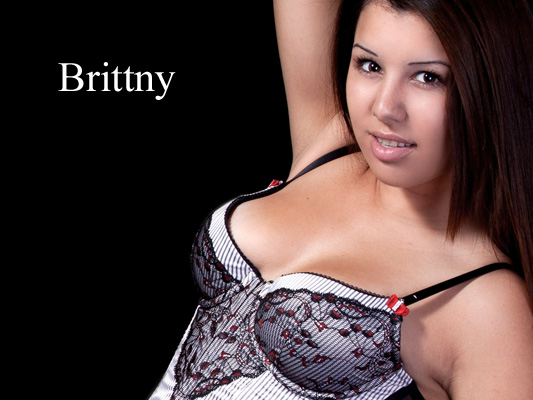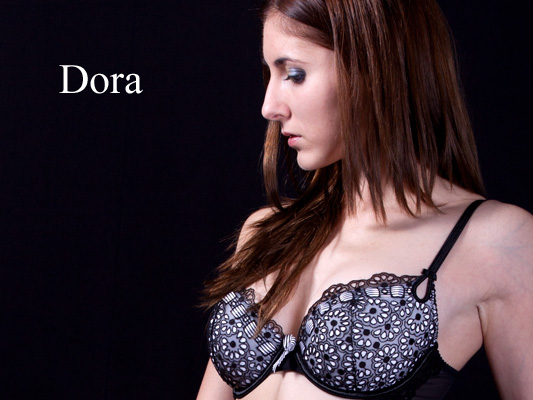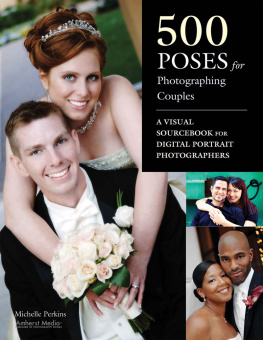Boudoir and Glamour Photography: 1000 Poses for Models and Photographers
Boudoir and Glamour Photography Poses with Instruction on Techniques and Composition
D. D. Smith
More Books from Art Fashion Photography Media:Studio Guides- Photography Lighting Setup for the Home Studio - The Missing Instructions Manual (MPSQE * Master Pro Secrets Quick & Easy)
Camera Guides- Photography for Beginners and Intermediate Photographers - Digital SLR Master Concepts (MPSQE * Master Pro Secrets Quick & Easy)
Portrait Editing and Retouching- Photoshop Elements 12 and 13 Portrait Editing (MPSQE * Master Pro Secrets Quick & Easy)
- Lightroom 5 Professional Portrait Editing (MPSQE * Master Pro Secrets Quick & Easy)
- Photoshop CC and CS Professional Portrait Editing (MPSQE * Master Pro Secrets Quick & Easy)
Posing Guides- Boudoir and Glamour Photography - 1000 Poses for Models and Photographers
- Kelly's Professional Poses for Models and Photographers (Kelly's Posing Guides and Techniques)
- Kelly's Professional Swimsuit Poses for Models and Photographers (Kelly's Posing Guides and Techniques)
- Essential Swimsuit Poses for Models and Photographers (Essential Posing Guides)
Boudoir and Glamour Photography: 1000 Poses for Models and PhotographersD. D. Smith
Copyright 2013 Art Fashion Photography Media
www.artfashionphoto.com
Table of Contents
Introducing the Models










A Few Words About This Guide
Sometimes during a photography session, some models, particularly new models, run out of poses early in the session and either repeat the same poses or get to a point where they do not know what to do with themselves. Photographers who are not experienced with posing models usually do not know how to communicate how to pose and may not even know what type of pose that they are looking for. Some experienced photographers are reluctant to work with new models because they do not want to spend the time coaching. This guide helps resolve some of these basic issues in model photography. It will provide the new model with a large inventory of poses to draw from and give the experienced photographer and model a quick reference guide for planning the modeling session. Having a large set of beautiful poses to work with can dramatically increase the number of acceptable images in a photography session.
This guide is an effective collaboration tool that will help the model and photographer make more effective use of their studio time so that they can increase the number of shots they take and shoot a greater variety of poses. The guide communicates the poses required, not in words or drawings, but in large, full-color photographs. Each pose is numbered for quick reference. The poses appear with a plain background, without any distractions, so that the model can concentrate on the poses. The guide features models of various body types and abilities to help the reader visualize the poses. Keep this guide handy as a reference during a shoot and use it as a source for new ideas.
Many rules have been written for modeling, but there are as many exceptions to the rules as there are rules. It is not the purpose of this guide to teach how to model but here are a few very good general rules that should be followed most of the time. This book will also point out a number of common mistakes that amateurs make that should be avoided.
Some Guidelines to Good Poses:One rule that we all have heard before is to maintain good posture. Hold the stomach in, push the chest out, and pull the shoulders back. In addition to keeping good posture, one should look and feel relaxed and natural. When posing, at least one leg and one arm should be slightly bent. Relax the hands. The pose should not put unnecessary tension on the neck and head because the tension will show up in the photograph. S-curves and C-curves are very pleasant looking on the female model. Bend the mid-section sideways, tilt the hips in one direction, and tilt the shoulders in the opposite direction. To add emphasis, bend slightly forward or backward.
Boudoir photography is all about proportions and curves. The model should pose in such a way as to display her body in a flattering and sensual manner. Very few people have the perfect proportions when viewed from every angle. That is why the correct posing techniques and the skills of the photographer are necessary to creating beautiful images. Boudoir is about illusions. It is not documentary or journalistic photography where one is there to document reality. If this were reality photography then any pose would do. But since we are creating beauty and illusion, there are techniques that have to be mastered.
Some Poses to Avoid:Just as there are some poses that are attractive to most people, we must recognize also that there are some elements that are not appealing to most people. The camera and the lens do not see the world the same way that the human eye sees the world. The lens tends to distort elements relative to what our eyes are use to seeing. Whether these elements are attractive to you is up to you, after all, beauty is in the eye of the beholder, and in the eyes of your audience. For boudoir photography some aesthetic forms are more pleasing than others. For alternative photography or other niche photography the concepts of beauty may be different. Some of the common mistakes that amateurs make in boudoir photography are listed below along with how they could be corrected. Most of these have to do with keeping the proportions attractive without giving in to the limitations of the camera and the lens.
- Bulging arm look
- Bulging thigh look
- Double chin look
- Bulging belly look
- Atrophic arm look
- Atrophic thigh look
Some women have big arms, some women have small arms. If one part of the body does not look right in proportion to the rest of the body then adjustments should be made. Hide the part that is bulging with clothing or other objects, change the angle of shoot, change the pose so that the proportions look natural or reduce the lighting on the particular area to make it less prominent.


















